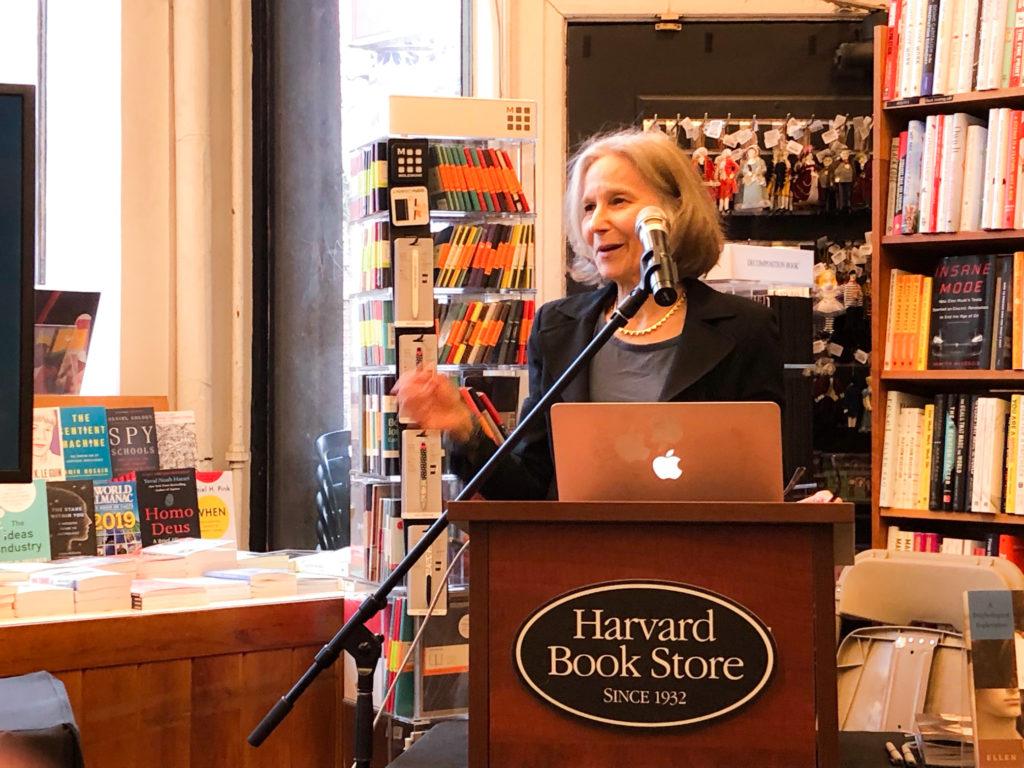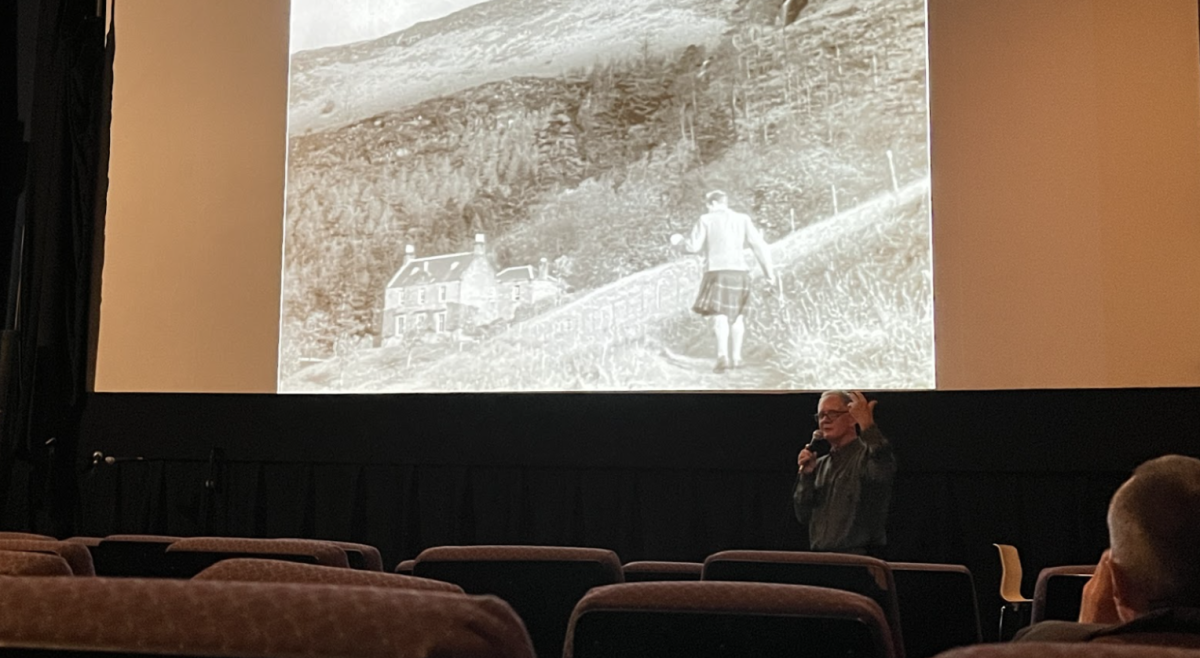Ellen Winner, author and Boston College professor, originally wanted to be an artist, but she didn’t find the solitary aspect of the profession appealing. Instead, she began collaborating on Project Zero under the Harvard Graduate School of Education, a program that seeks to work with the arts from a psychological perspective.
Her time there informed her on the problem of defining art and people’s emotional reactions to art, which is a topic in her book How Art Works: A Psychological Exploration, and her talk at the Harvard Bookstore on Friday. Winner described the main point of the book and the lecture as being “what art does to us.”
Project Zero became the medium through which she would conduct several experimental studies in an effort to make empirical conclusions about the way people experience and perceive art.
Many psychological explorations began in the realm of philosophy—Winner noted how this pertained to art.
“Aesthetics was a branch of philosophy, but by the mid to late 19th century, psychology got into the act, in Germany,” she said. “The first experimental psychologist, Gustav Fechner, started something which he called an aesthetics from below—rather than ponder the nature of the beautiful as philosophers did, he wanted to find out what people found beautiful.”
Winner summarized his method as “disarmingly simple.” Fechner found that people’s decisions were based entirely on taste, not ideas or meanings. Winner hoped to build on this work and sought to define a more complex understanding of art beyond simple stimuli.
The difficult process of defining art is one that people have struggled with since ancient times, Winner said. Every time that a philosopher, such as Plato, attempted to delineate all of the traits that comprise what is considered to be art, someone else would come up with an exception, she said.
Winner illustrated that artists continue to challenge pre-existing expectations of what is thought to be art. People are drawn to disturbing works of art, despite what most people might define as artistic. According to Aristotle, contemplating that which is painful results in understanding, and understanding, in turn, gives great pleasure, she said.
In a study conducted by Project Zero, two groups were asked to view unpleasant images, such as a toilet and mold. They were asked to rate how ugly the images were and how positive they felt while viewing them.
The images, however, were framed as being works of art in one group and as an exercise of measuring hygiene in another. The levels of ugliness were the same in both groups, but researchers discovered that people reported having more positive feelings when the images were framed as art.
Another experiment measured whether people were able to tell the difference between paintings created by established artists as opposed to animals and toddlers. Researchers found that people could generally identify the paintings of actual artists. Even in paintings that seemed to be randomly drawn lines, subjects—who had no artistic experience—were able to intuit the amount of “intentionality” in the professional paintings.
In another study, participants showed that they preferred original works of arts rather than a perfect forgery, and thought that the originals were more creative, interesting, and artful. Even in a case where an artist and his assistant made a perfect copy of the artist’s own work, people wanted the artist’s work. Independent of the connotations of fraud and decreased monetary value, Winner also pointed to the concept of essentialism.
“It is the belief that artists imbue their creations with some kind of special quality when they make them, and when we look at their work it brings us in contact with [the artist’s] mind,” she said.
These experiments showed that art has a psychological reality, Winner said.
“Why should philosophers care about these studies?” she asked. “I am certainly not naive enough to think that psychology can answer all philosophical questions. But some questions that philosophers ask are inherently psychological. And I’m hoping that psychologists and philosophers can work together on some of these questions.”
Featured Image by Nestoras Apodiakos / For the Heights







